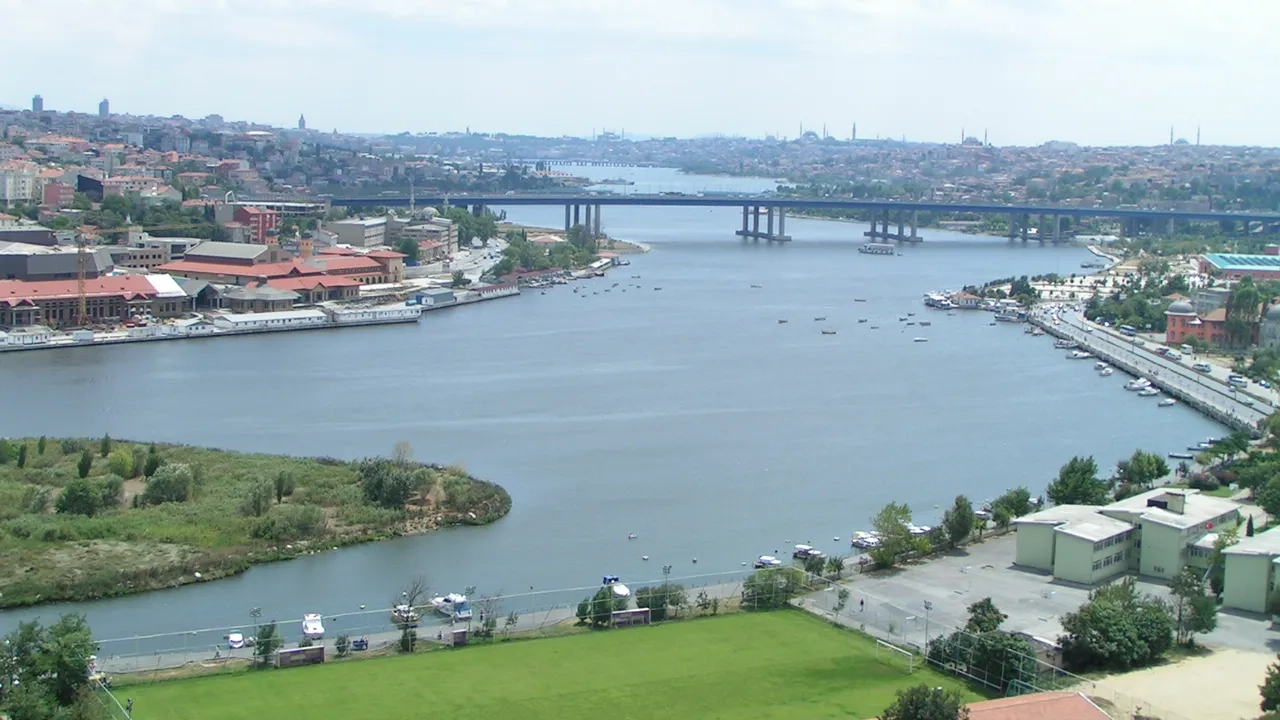
Explore the Historic Basilica Cistern!
The Basilica Cistern is a site with a deep archaeological heritage, carrying within its depths the stories of both the Ottoman and Byzantine eras, making it one of the most prominent tourist attractions in Istanbul. In this article, we will delve into this historical landmark with Skyline Tourism.
Basilica Cistern
The Basilica Cistern in Istanbul is one of the city's most famous historical landmarks, with origins dating back to the Byzantine era. Its stunning architecture and the unique sight of its columns submerged in water attract visitors from around the world. The cistern reflects the ingenuity of ancient engineering and offers an unforgettable experience for tourists.
Design of the Basilica Cistern
The Basilica Cistern in Istanbul is an underground structure known for its unique architectural design. It covers a rectangular area of over 1,000 square meters and can hold about 100,000 tons of water. The cistern consists of 336 columns and 52 stone steps, arranged in 12 rows, with each column standing about 9 meters tall. The columns were collected from ancient construction sites and are made from different types of marble; some are crafted from a single piece, while others are composed of two pieces. The column capitals feature diverse and unique designs, with some being cylindrical and others having angular or grooved shapes. During restoration work between 1955 and 1960, some damaged columns were reinforced with thick layers of concrete, resulting in the loss of some of their original characteristics. The cistern’s ceiling is supported by arches, and the brick walls and tiled floors are coated with a thick layer of mortar to prevent water leakage.
History of the Basilica Cistern
The Basilica Cistern in Istanbul was built during the reign of the Byzantine Emperor Justinian in the 6th century AD. It was used to store rainwater, which was later used for irrigating crops. The cistern featured an advanced system for water purification and distribution to the palaces of Constantinople, as the city was then known. It is also referred to by other names, such as the Cathedral Pool and the Submerged Palace.
The Basilica Cistern in the Ottoman Era
During the Ottoman era, the Basilica Cistern served as a vital source of water for the gardens of Topkapi Palace and played a crucial role in meeting the water needs of the grand palace and its surrounding areas. After the Ottomans conquered the city in 1453, they began constructing their own water system, leading to the gradual neglect of the Basilica Cistern.
Discovery of the Basilica Cistern
After the Ottomans took control of the city in 1453, they began building their own water systems, which led to the neglect of the Basilica Cistern. In the mid-16th century, the Dutch traveler P.Gyllius discovered the cistern when he noticed that residents of nearby houses were drawing water using buckets from well-like openings in the floors of their homes. By entering the cistern with a torch, he descended through stone stairs into its depths, and despite the challenging conditions, he managed to identify the columns and take measurements. Gyllius published his findings in his travel book, which influenced many travelers thereafter.
Restoration and Renewal of the Basilica Cistern
The Basilica Cistern, a magnificent architectural masterpiece in the heart of Istanbul, has undergone multiple restorations throughout history. During the Ottoman era, it was renovated twice, first during the reign of Sultan Ahmed III in 1723 by the architect Mehmet Ağa, and again during the reign of Sultan Abdul Hamid II (1876-1909). In 1987, the Istanbul Municipality cleaned the cistern and transformed it into a tourist attraction, adding a viewing platform that opens its doors to visitors as a museum. In 1994, the cistern underwent significant cleaning and maintenance once again.
The Myth of Medusa in the Submerged City
In Greek mythology, Medusa is one of three creatures living in the underworld, known for her ability to turn anyone who gazes upon her into stone. It is believed that the head of Medusa was placed in the cistern to protect places and people from evil and misfortune, according to traditions that believed in the power of the evil eye for protection.
According to another legend, Medusa was a beautiful girl who fell in love with Perseus, the son of Zeus. The goddess Athena also loved Perseus, and out of jealousy, she cursed Medusa, turning her hair into snakes, and anyone who looked at the cursed Medusa would turn to stone. Later, Perseus cut off Medusa's head and used her power to defeat his enemies.
Activities at the Submerged City
There are many activities tourists can enjoy during their visit to the Submerged City, such as:
- Enjoying the sight of the fish swimming in the water.
- Exploring the unique architectural designs.
- Observing the ancient decorations.
- Taking memorable photos.
- Discovering the legend of the inverted head.
Entrance Ticket Prices for the Basilica Cistern
The ticket prices for the Basilica Cistern are regularly adjusted, with prices varying based on age group and visitor type, whether citizens, students, teachers, or foreign tourists. However, the average ticket price is around 15 USD.
Location and Access to the Basilica Cistern
The Basilica Cistern is located in the Sultanahmet area, near Sultanahmet Square, part of the Fatih district, and is just 150 meters away from the Hagia Sophia Mosque on the European side of Istanbul.
Visiting Hours for the Basilica Cistern
The Basilica Cistern is open to visitors daily from 9:00 AM to 5:30 PM, except on the first day of Eid al-Fitr and Eid al-Adha.
Explore the Basilica Cistern with Skyline Tourism Services
You can have an exceptional experience during your visit to Turkey, a country rich in natural beauty and ancient archaeological sites. Skyline Tourism is always ready to organize specialized tour programs that cater to your desires during your trips in Turkey.









